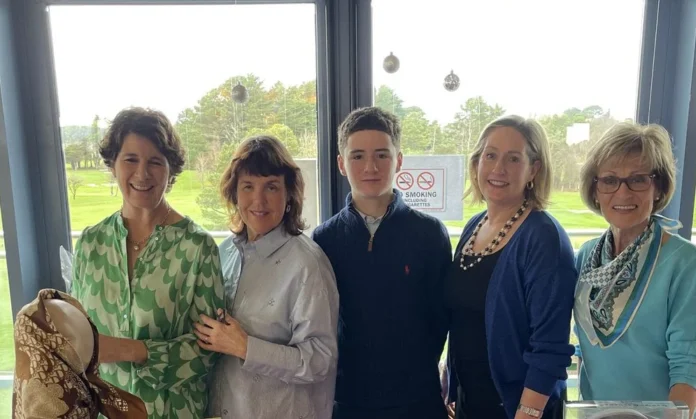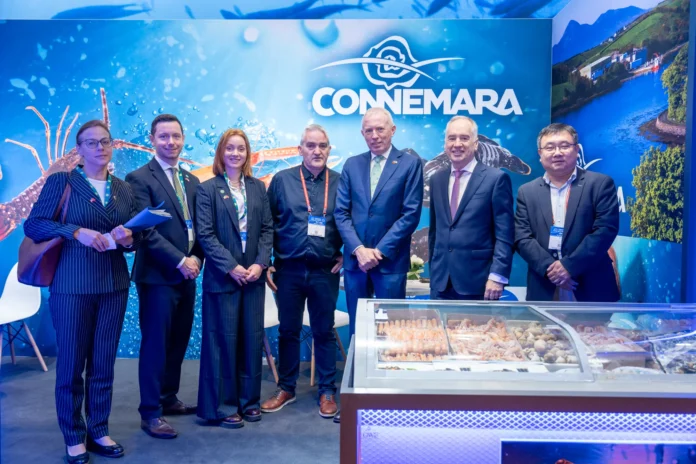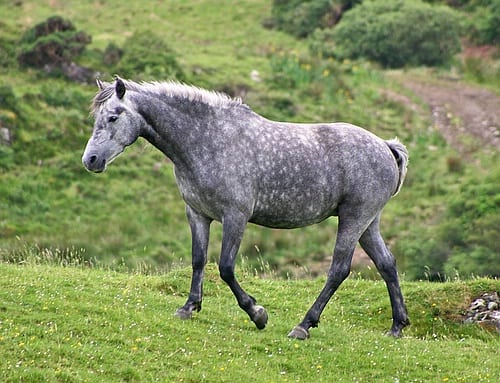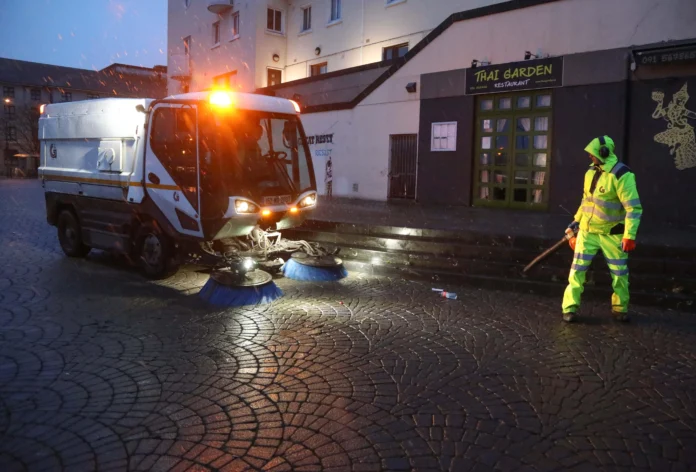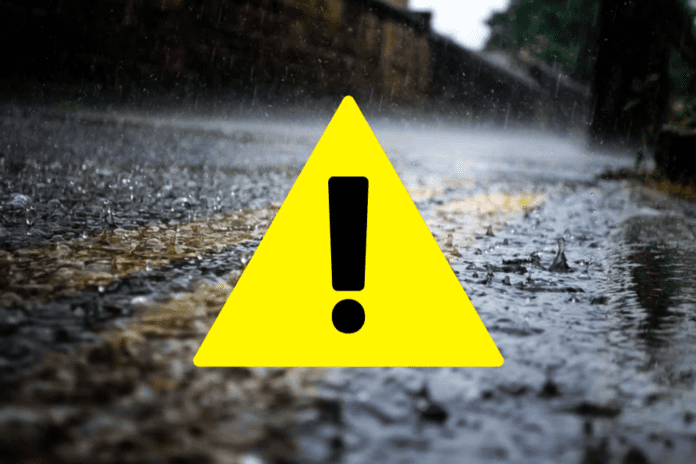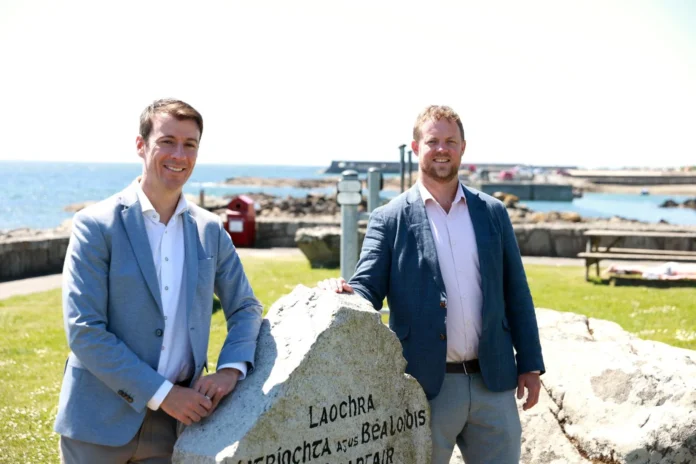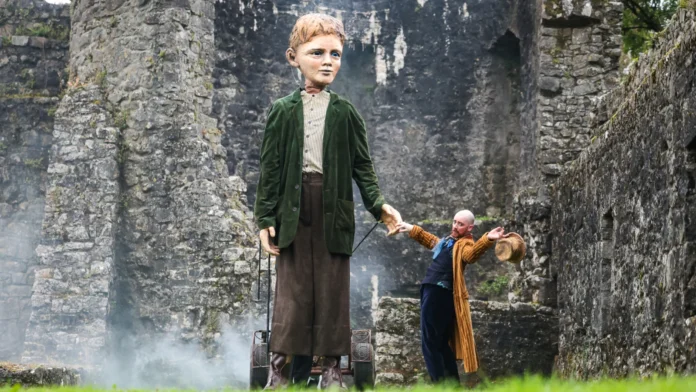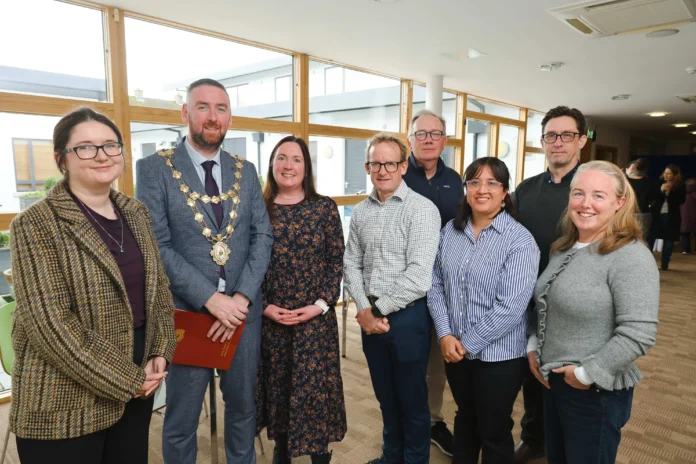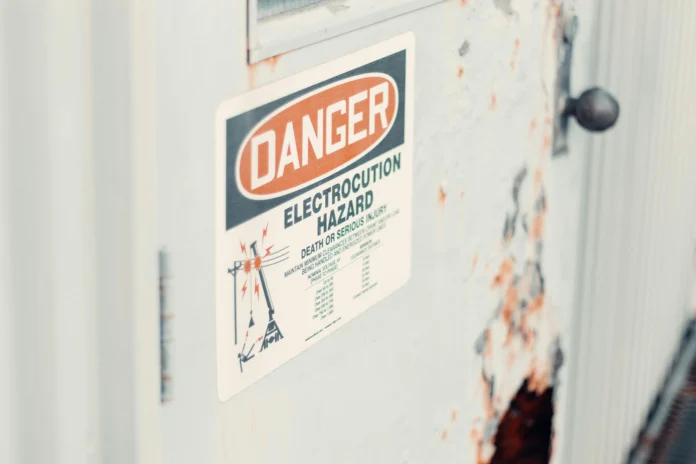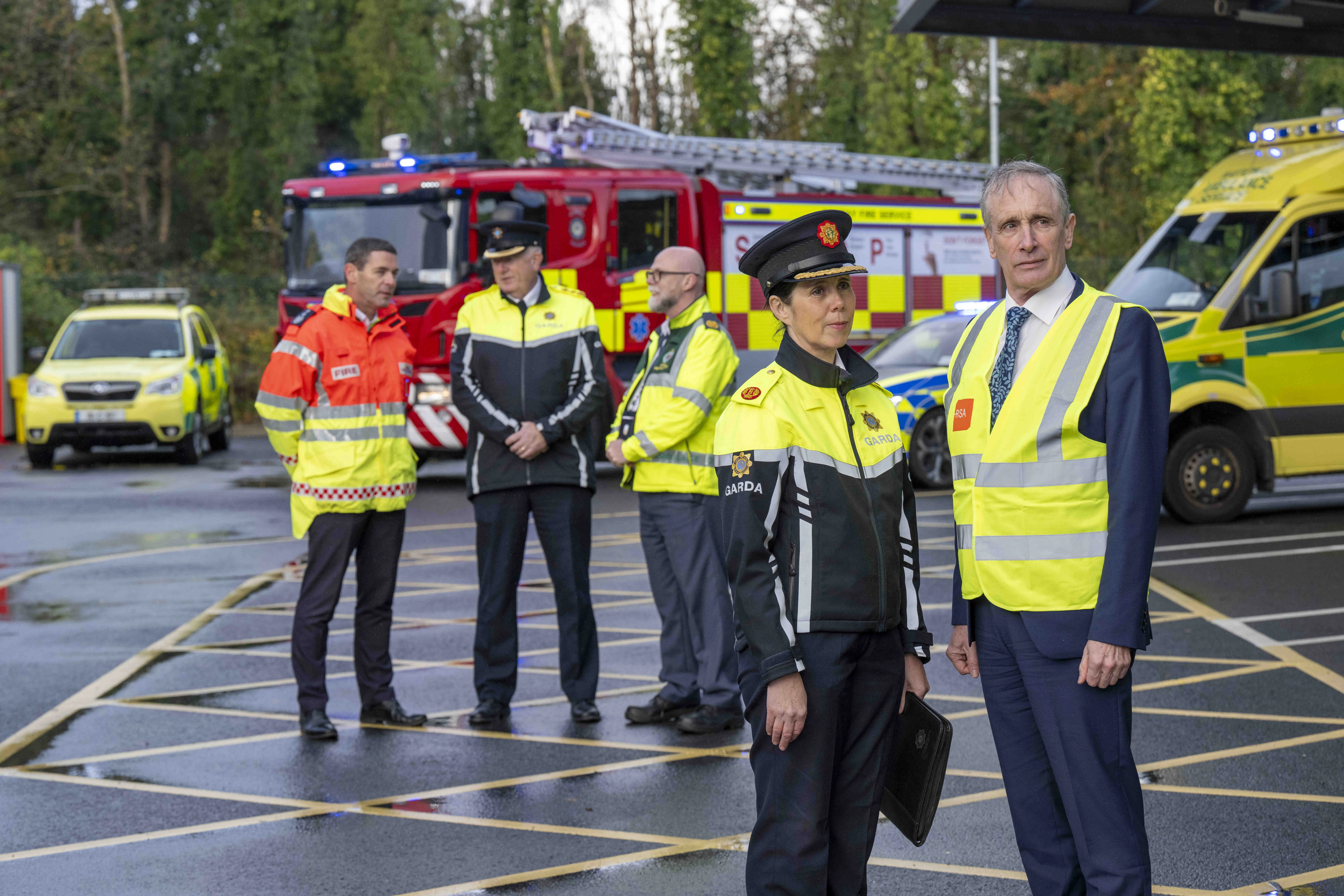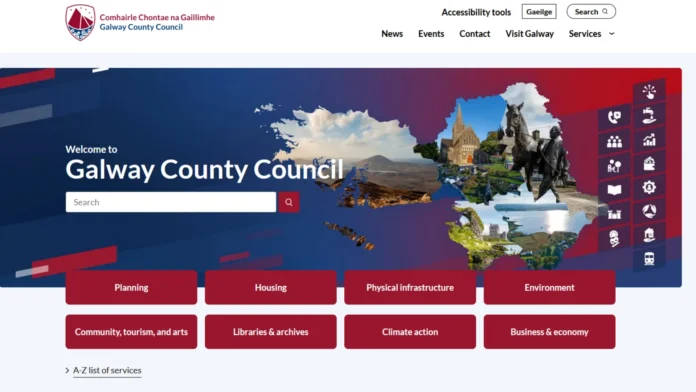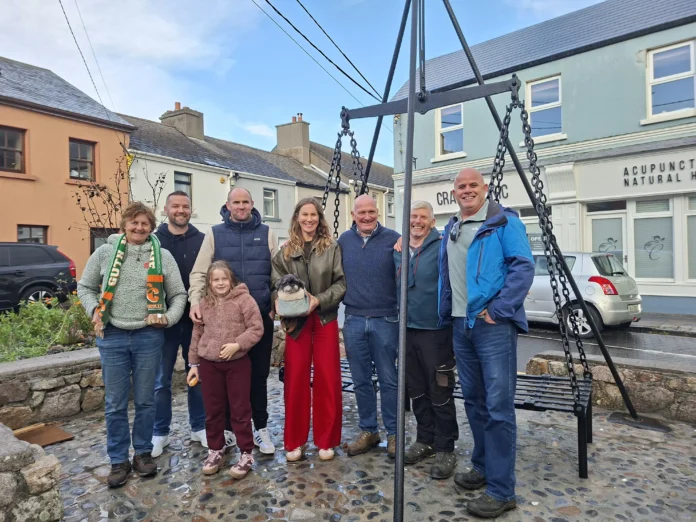Securing a mortgage is one of the most significant financial decisions you’ll make in your lifetime. Whether you’re a first-time homebuyer, refinancing, or looking to switch mortgage providers, the process can be time-consuming, overwhelming, and sometimes even confusing.
This is where a trusted mortgage advisor can make all the difference. Working with a professional advisor not only helps streamline the mortgage process but can also save you both time and money. Here’s how.
- Access to a Wide Range of Mortgage Products
One of the most significant benefits of working with a mortgage advisor is the access to a variety of mortgage products. While banks and lenders offer their own mortgage options, they are limited to their specific range of products. In contrast, a mortgage advisor has access to a wide selection of mortgage options from multiple lenders, including banks, building societies, and other financial institutions.
By working with a trusted advisor, you’re not confined to one lender’s offerings. They’ll help you compare interest rates, fees, terms, and features, ensuring you get the best deal suited to your needs. This broader access can make all the difference, especially when you need a specific type of mortgage, such as a self-employed mortgage, interest-only mortgage, or a mortgage for those with unique financial situations.
- Expert Advice Tailored to Your Needs
A trusted mortgage advisor doesn’t just offer general advice; they take the time to understand your personal financial situation and offer tailored recommendations. Whether you’re buying your first home, looking for a buy-to-let mortgage, or refinancing an existing loan, a mortgage advisor will assess your financial profile, including your income, credit history, and long-term goals, to help you choose the right mortgage product.
This personalized advice is invaluable because it ensures that the mortgage you choose aligns with both your current financial situation and future objectives. Instead of navigating a sea of generic options on your own, you get focused, expert advice on how to secure the best loan for your circumstances, saving you time by avoiding unsuitable options.
- Time-Saving with the Application Process
The mortgage application process can be tedious, requiring you to fill out forms, provide documentation, and meet various criteria set by lenders. A mortgage advisor can significantly simplify the entire process. They’ll guide you through every step, making sure you have the necessary documents in order and that your application meets the requirements of the lenders.
Additionally, mortgage advisors are experienced at handling paperwork and are familiar with the underwriting requirements of different lenders. This knowledge reduces the likelihood of errors or omissions that could delay the approval process. By avoiding these common pitfalls, your mortgage application can be processed much faster, saving you weeks or even months of unnecessary delays.
- They Help You Avoid Expensive Mistakes
Without expert guidance, it’s easy to overlook important details or make decisions that could end up costing you in the long run. Mortgage products come with a lot of fine print—fees, early repayment charges, terms, and conditions that might not be immediately obvious. A trusted mortgage advisor can help you understand all these details and ensure that you avoid costly mistakes.
For example, they can help you avoid mortgages with high fees that eat into your savings or variable-rate loans with hidden cost increases. By carefully explaining all the terms and comparing multiple options, your advisor ensures that you’re not committing to a deal that will ultimately be more expensive or restrictive than necessary.
- They Know the Market Inside and Out
A mortgage advisor is a professional who works in the industry every day. They have in-depth knowledge of current market conditions, lending trends, interest rates, and government schemes that may be available to you. Whether it’s the latest changes to mortgage regulations or knowing which lenders are currently offering the best deals, a trusted mortgage advisor is up to date on all the latest developments.
This expertise not only ensures you get a competitive mortgage but also gives you confidence in your decision-making. For example, if interest rates are expected to rise soon, a mortgage advisor may recommend locking in a fixed rate before the rates increase, helping you save money over time.
- Access to Exclusive Deals
Some mortgage lenders offer exclusive deals to mortgage advisors that aren’t available directly to the public. These deals can include lower interest rates, reduced fees, or special promotions. Because mortgage advisors have established relationships with a wide range of lenders, they can often help you access these exclusive offers, ensuring that you get the best possible deal.
By working with a trusted advisor, you may have access to better deals than you would if you were to apply directly with a bank. These exclusive deals can result in substantial savings over the life of your mortgage, whether through lower interest payments, waived fees, or other benefits.
- Better Approval Chances
Mortgage approval can be a tricky process, especially for those with less-than-perfect credit, irregular income, or unique financial situations. A trusted mortgage advisor can help increase your chances of approval by tailoring your application to the specific requirements of the lender. They know which lenders are more likely to approve applicants with certain characteristics and can direct you to the right ones.
For example, if you’re self-employed or have a poor credit history, a mortgage advisor can find lenders that specialize in those situations and help craft an application that is more likely to meet the lender’s criteria. This expert advice not only saves you time but also avoids the frustration of being declined by multiple lenders.
- Ongoing Support Throughout the Life of Your Mortgage
A mortgage advisor isn’t just there to help you secure a loan—they offer ongoing support throughout the life of your mortgage. As your financial situation changes, your advisor can assist you with refinancing, switching mortgage providers, or adjusting the terms of your loan to better suit your current circumstances. They can also help you make decisions regarding overpayments, repayment holidays, or loan restructuring.
This continued relationship means you’ll always have a trusted advisor to turn to for future mortgage-related needs, potentially saving you money by helping you find the best rates or remortgage options down the line.
- No Upfront Fees in Many Cases
In many cases, mortgage advisors are paid by the lenders after a mortgage is successfully secured, meaning there are no upfront fees for their services. This makes working with a mortgage advisor risk-free, as you only pay if you successfully secure a mortgage. Some advisors may charge a fee for independent advice or if you opt for more bespoke services, but many mortgage advisors offer free consultations to help you make an informed decision.
Conclusion
Working with a trusted mortgage advisor can save you time, money, and stress in your journey to securing a home loan. From providing personalized advice to helping you navigate the complex application process, mortgage advisors bring expertise and efficiency to the table. They can offer access to a wider range of mortgage products, negotiate better deals, and ensure that you avoid costly mistakes.
If you’re looking to streamline the mortgage process and make the most informed decision possible, a mortgage advisor is a valuable resource that can ultimately save you both time and money—now and in the future.



